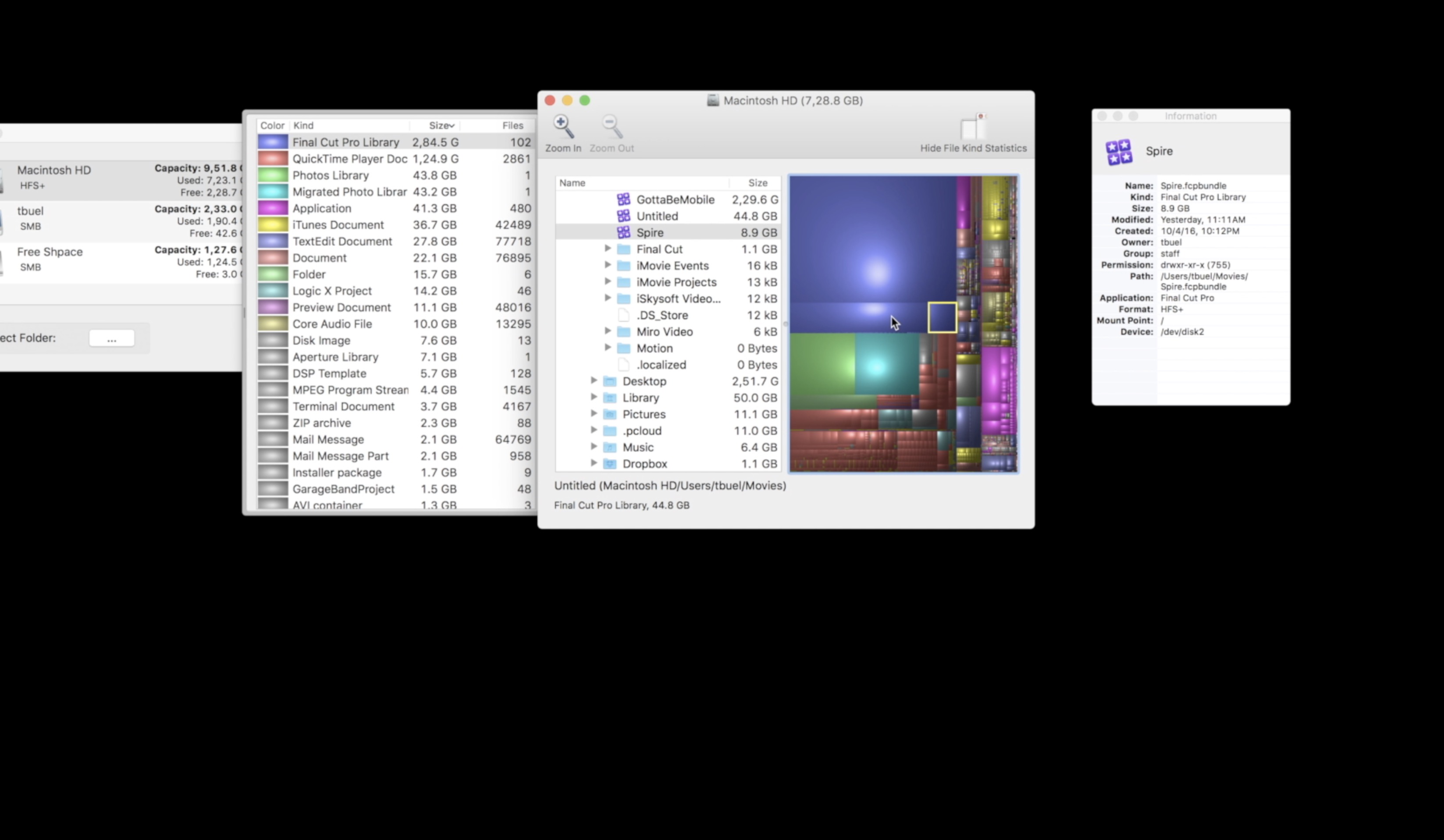What is the Startup Disk? By default, the startup disk is what’s known as the Macintosh HD. It is the partition in Mac’s hard disk where the Mac OS itself is installed. It is also where most of your files and apps are probably stored. Essentially, the startup disk is where the Mac OS will boot from, so it needs enough space in order to do. Here is the message the users get when the startup disk is full: Since macOS Big Sur, the warning message about running low on disk space looks like that: How does “Startup Disk Full” affect your Mac? Lack of free space on the startup disk leads to both unstable and slow performance of the macOS system. It can also prevent applications from. Sergiu Gatlan In a nutshell, Startup Disk Full Fixer is a free and streamlined tool designed to help you scan for and get rid of the most common junk files that accumulate on your Mac’s startup disk with a couple of mouse clicks to make sure that you never run out of space.


How to Clean Up Startup Disk and Why It Is Important
Storage capacity on MacBooks is probably the most underwhelming part of the machine, especially in base models. Owning a 128GB drive computer should really come with a space management 101 as, to be honest, it fills up much quicker than you would expect. Alright, you got it, the drive fills up in a blink of an eye, but what’s so bad about it?
Apple has included the ‘disk is almost full’ warning for a reason, as Mac OS does require free disk space to operate. In fact, you are better off keeping at least 15% of the disk capacity available at all times if you don’t want to start experiencing occasional hick-ups and errors. It should come as no surprise, that pushing your drive’s limits is not advisable, but if you already did cross the line and things have gone south with your MacBook – there is still a way out. Let’s start with the basics.
How to Remove Files from Startup Disk on Mac and Make More Memory Available Quickly
Free Up Space On Startup Disk Mac
The easiest, fastest, and most obvious action that takes no additional utility, and can be done on your own – emptying the Trash bin. You can skip this one if you are keeping your bin empty on regular basis, however, for an average user, the process of removing a file is usually concluded after it was dragged to Trash. If you are one of those users – stick around.
Empty Trash Bin
Unsurprisingly, files that are sitting in the Trash may still take actual kilobytes, megabytes, and – what we are looking for – gigabytes of potentially free space on your drive until fully removed.
Download Startup Disk For Mac
Open up Trash to take one last look at the deleted files. Make sure you didn’t have a change of heart and you don’t want any of them recovered. Once feeling confident that you will not need any of the trashed files, Control-click the Trash icon on your dock and choose Empty Trash. The files will be gone for good and you will now have additional free space at hand.